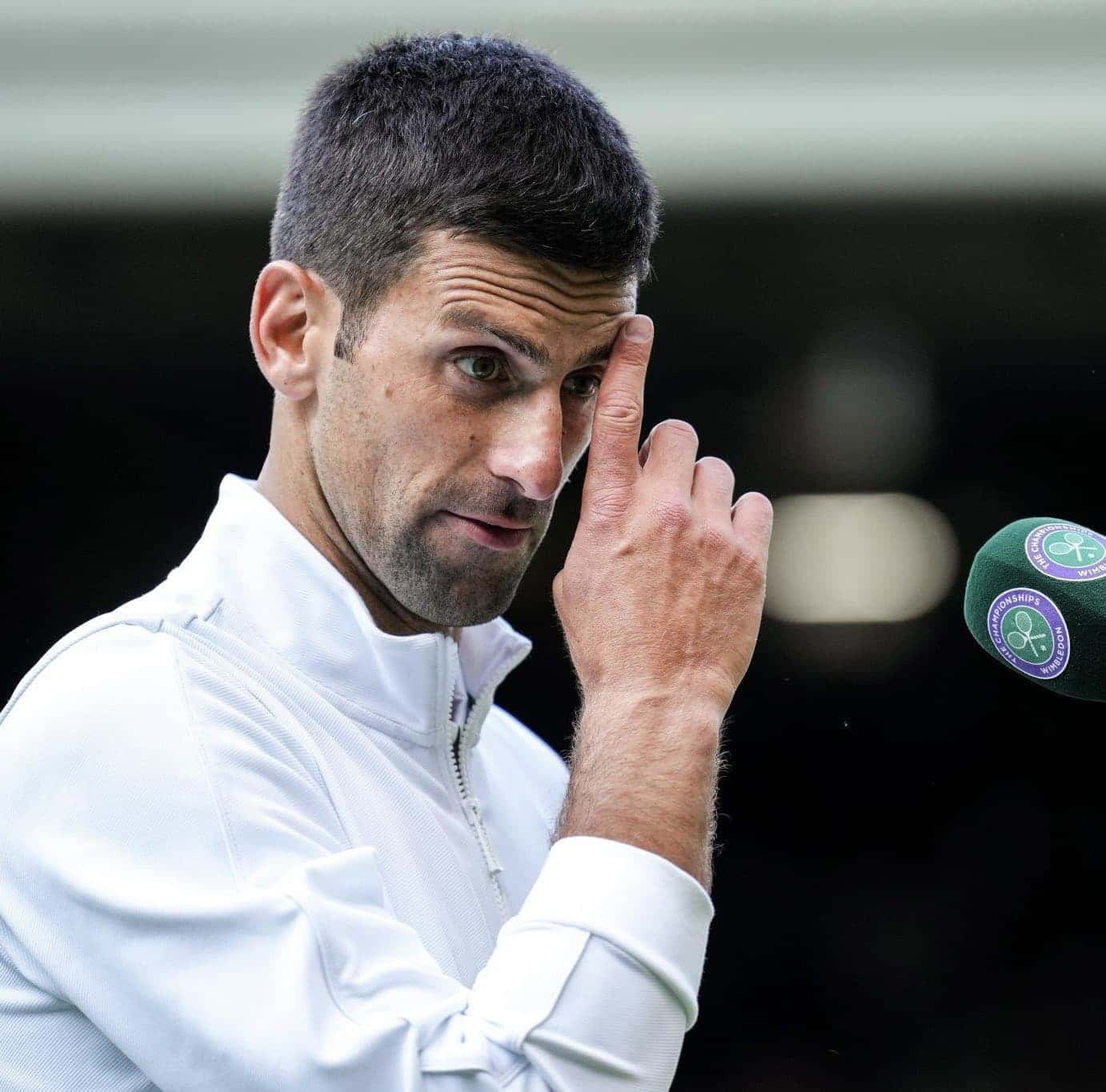Tennis is a beloved sport all over the world, and star players like Novak Djokovic, Carlos Alcaraz, and Naomi Osaka are a big part of that. These stars make a lot of money, but there’s another side to the game that often goes unseen. We’re talking about the lower-ranking tennis players who are struggling to make a living - many of them having to take on second jobs just to stay afloat. It’s time to investigate the difficulties faced by these players and why the business side of tennis doesn’t seem to be helping them.
The Uneven Playing field
Digging deeper, it’s remarkable that tennis is one of the most popular individual sports globally, with 87 million people playing it. Its appeal is clear, with more than a billion fans cheering from the sidelines. Nevertheless, when it comes to financial success, tennis falls behind other sports like hockey, cricket, and golf in terms of global media rights value.
Tennis is not the most lucrative sport when it comes to broadcasting rights, with only 1.3% of the revenue generated from streaming going to the game and its players. This is especially concerning when you consider that, unlike other team sports, athletes in tennis depend heavily on prize money. The prize money system is far from equitable, as it is based on a player’s ranking and performance rating. Those ranked higher and performing better tend to get bigger paydays, while those lower in the rankings may find themselves barely making ends meet. This is especially true for those outside the top 100, as they often struggle to cover the costs associated with competing in tournaments such as travel expenses, coaching, and fitness. This can lead to them not only breaking even, but sometimes even losing money, after taxes are taken into consideration.
The struggles of lower ranked players
Competing in a tennis tournament can be a difficult endeavor for players who rank between 80 and 250, as they often don’t have the resources to cover their expenses. The winner may be awarded a modest amount, while those who don’t make it far may not even break even. It’s a struggle for these athletes who are striving to make a name for themselves in the sport.
Gender Inequality
Unfortunately, female players face an additional problem in the form of gender inequality. Prize money for women’s tennis tends to be lower than that of their male counterparts. Most of the WTA 1000 events don’t have equal prize money as compared to ATP 1000 tournaments. And forget about WTA 500 and 250 tournaments. They get almost half of what ATP gives their players. And The COVID-19 pandemic has only made the situation worse, forcing some high-ranking female players to take on part-time jobs just to make ends meet. It is a bleak reality for these players who are trying to pursue their passion while also facing financial difficulty.
Sponsorships
Sponsorships can be a great way for athletes to supplement their income, but the opportunities for those with lower rankings are few and far between. Major companies such as Nike and Adidas usually tend to focus on the top 30 players, leaving the rest to fend for themselves. This lack of financial aid and recognition makes it even harder for them to secure beneficial sponsorships.
The future of tennis
Tennis is a beloved sport by many, but there is a hidden hardship that many players endure. The Professional Tennis Players Association (PTPA) co-founded by Novak Djokovic and Vasek Pospisil, is committed to protecting the rights of all players, regardless of their ranking. The organization’s commercial arm, Winners Alliance, is trying to implement a group purchasing program to help with the basic needs of players while also creating extra income sources and negotiating better deals. This glimmer of hope gives the potential for a better future for all tennis players.
The current system of prize money, lack of sponsorship opportunities, and the disparities in earnings show that tennis has to make changes. It is time for the sport to come together to address these issues and make it a more level playing field for all athletes. If tennis provides better support and a fairer financial situation, players can pursue their passion without worrying about their livelihoods. Let’s hope for a brighter future for those who dedicate themselves to the sport.
